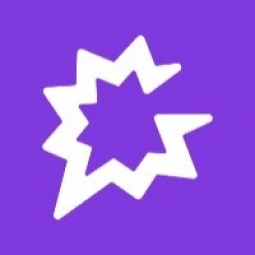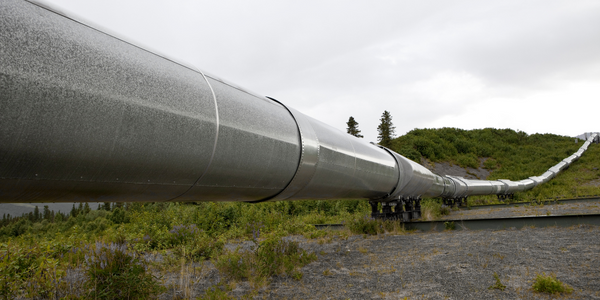Technology Category
- Platform as a Service (PaaS) - Application Development Platforms
- Sensors - Level Sensors
Applicable Industries
- Education
- Oil & Gas
Applicable Functions
- Sales & Marketing
Use Cases
- Demand Planning & Forecasting
- Inventory Management
Services
- Training
About The Customer
Proposify is a technology company based in Halifax, Canada. Founded in 2013, the company specializes in proposal software and has a team of over 50 employees. Proposify's manager of customer growth, Scott Tower, works closely with the frontline sales team and understands the importance of having a comprehensive view of a deal. The company was previously using multiple platforms to manage their deals, which led to scattered information and difficulties in forecasting. They sought a solution that could provide a unified view of all deals and improve their forecasting accuracy.
The Challenge
Proposify, a proposal software company, was facing a significant challenge in managing their sales cycle. The information about deals was scattered across multiple platforms, including Salesforce, Gmail, and Chorus. This lack of a unified view led to difficulties in forecasting, resulting in unpredictable monthly numbers and poor revenue alignment. The team often had to rely on gut feelings rather than hard data, making their forecasts unreliable. Additionally, the company was using recording software Chorus to help managers coach reps’ calls, which required them to seek out information from multiple sources. This made it difficult to improve calls and kept the call and forecast coaching separate, leading to a lack of accountability and constant off-forecast situations.
The Solution
Proposify adopted the Gong platform to streamline their deal execution and forecasting. Gong provided a single view of all deals, enabling Proposify to better train their staff on how to forecast effectively. The platform also served as a tool to improve coaching methods. With Gong, all insights were available in one place, reducing the time wasted seeking out context from multiple sources. The platform also allowed Proposify to see an entire deal and its data in one place, as Gong integrates with multiple platforms. This led to more accurate forecasts and a better understanding of the sales cycle. Furthermore, Gong Forecast was used to provide more accurate definitions around their forecast categories, helping sales reps get on the same page and reinforcing training centered on the core challenges their team faced.
Operational Impact
Quantitative Benefit

Case Study missing?
Start adding your own!
Register with your work email and create a new case study profile for your business.
Related Case Studies.

Case Study
Taking Oil and Gas Exploration to the Next Level
DownUnder GeoSolutions (DUG) wanted to increase computing performance by 5 to 10 times to improve seismic processing. The solution must build on current architecture software investments without sacrificing existing software and scale computing without scaling IT infrastructure costs.

Case Study
Remote Wellhead Monitoring
Each wellhead was equipped with various sensors and meters that needed to be monitored and controlled from a central HMI, often miles away from the assets in the field. Redundant solar and wind generators were installed at each wellhead to support the electrical needs of the pumpstations, temperature meters, cameras, and cellular modules. In addition to asset management and remote control capabilities, data logging for remote surveillance and alarm notifications was a key demand from the customer. Terra Ferma’s solution needed to be power efficient, reliable, and capable of supporting high-bandwidth data-feeds. They needed a multi-link cellular connection to a central server that sustained reliable and redundant monitoring and control of flow meters, temperature sensors, power supply, and event-logging; including video and image files. This open-standard network needed to interface with the existing SCADA and proprietary network management software.

Case Study
Refinery Saves Over $700,000 with Smart Wireless
One of the largest petroleum refineries in the world is equipped to refine various types of crude oil and manufacture various grades of fuel from motor gasoline to Aviation Turbine Fuel. Due to wear and tear, eight hydrogen valves in each refinery were leaking, and each cost $1800 per ton of hydrogen vented. The plant also had leakage on nearly 30 flare control hydrocarbon valves. The refinery wanted a continuous, online monitoring system that could catch leaks early, minimize hydrogen and hydrocarbon production losses, and improve safety for maintenance.










